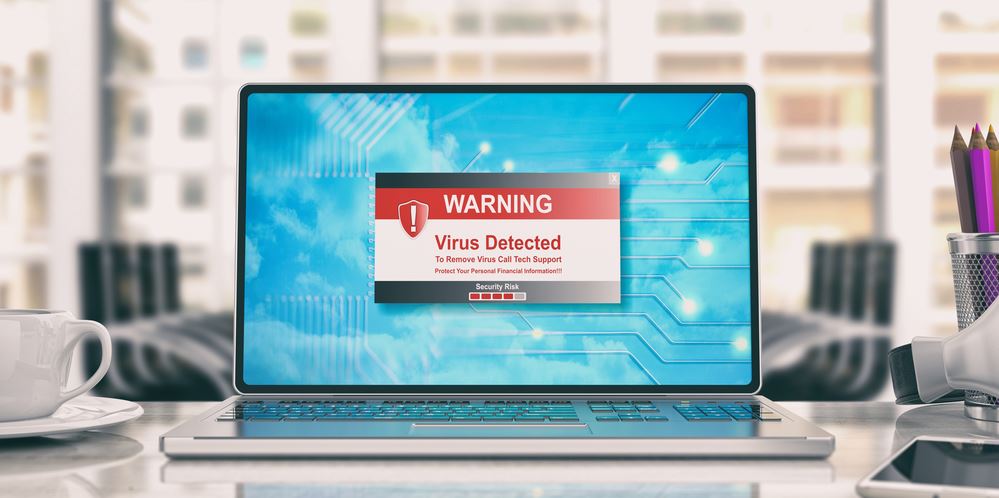It’s 2024, and while humanity debates the future of AI, virtual reality, and space exploration, cybercriminals are hard at work doing what they do best—causing mayhem. According to Kaspersky, the cybersecurity giant, their systems now detect a jaw-dropping 467,000 malicious files every single day. That’s roughly five malicious files every second. And yes, this includes weekends and holidays—hackers don’t take breaks, apparently.
The staggering number raises questions about the nature of cybersecurity today. Are hackers multiplying faster than rabbits, or is this the result of better detection technology? Let’s dive into the digital rabbit hole to unravel the mystery, armed with just the right balance of curiosity, caution, and a touch of humor.
What Are These Malicious Files, Anyway?
Malicious files are essentially the wolves in the sheep’s clothing of the digital world. They can be viruses, worms, ransomware, spyware, or other forms of malware designed to wreak havoc on systems. If computers were medieval kingdoms, these files would be the invaders tunneling under castle walls with bad intentions and a sense of humor darker than a stormy night.
Kaspersky’s detection numbers represent both new malware and modifications of existing threats. Cybercriminals are nothing if not persistent, tweaking their “craft” daily to bypass security measures. One could almost admire their creativity—if it weren’t so destructive.
Why So Many Files?
The sheer volume of malicious files detected daily can be attributed to several factors:
- Increased Internet Activity
More people online means more targets for cybercriminals. Whether it’s Grandma clicking on a suspicious email promising free knitting patterns or teenagers downloading pirated movies, every click is a potential vulnerability. - Automation in Cybercrime
Hackers aren’t sitting in dark basements typing out malicious code one keystroke at a time. Automated tools and AI are now doing much of the heavy lifting, generating thousands of malicious files in a matter of minutes. Who knew automation could serve such noble purposes? - Evolving Tactics
Cybercriminals are like overly ambitious chefs—they’re constantly experimenting with recipes to make their malicious files harder to detect. The result? A buffet of threats that even the best antivirus solutions must scramble to counter.
How Kaspersky Stays Ahead
Kaspersky, with its vast network of cybersecurity experts and AI-driven tools, acts like the vigilant guard dog of the internet. Here’s how they’re managing to keep pace with the flood of malicious files:
- AI and Machine Learning
Kaspersky’s systems analyze millions of data points daily, using AI to identify suspicious patterns. It’s like having Sherlock Holmes on steroids—but digital and without the snarky British accent. - Global Threat Intelligence Network
By pooling data from across the globe, Kaspersky gains real-time insights into new threats. Think of it as a worldwide neighborhood watch program, but for hackers instead of porch pirates. - Proactive Defense Mechanisms
Unlike in chess, Kaspersky doesn’t wait for the opponent to move. Proactive defense systems predict and neutralize threats before they can do any harm. If only this worked on surprise work meetings.
The Human Factor
While technology is a critical piece of the puzzle, humans remain both the weakest link and the strongest defense in cybersecurity. Ever heard of the person who used “123456” as their password? That’s the weakest link. But the vigilant employee who reports a phishing email? That’s the strongest defense.
Cybersecurity experts often joke that the best antivirus software is “common sense.” But let’s be honest—common sense isn’t always common. This is why organizations continue to invest in cybersecurity training and awareness campaigns. After all, even the most advanced systems can’t fix human curiosity when it comes to clicking links labeled “You’ve won a free car!”
A Day in the Life of Kaspersky Systems
Let’s paint a picture of what it looks like behind the scenes at Kaspersky. The systems hum with activity, scanning billions of files across countless devices. One can imagine the servers sighing dramatically as they process the 467,000th threat of the day, muttering, “Again? Really?”
But it’s not all digital drudgery. The analysts and engineers behind Kaspersky’s operations find joy in the challenge. Spotting a new type of malware is like discovering a rare Pokémon—exciting, albeit dangerous.
Humor also plays a role in keeping morale high. For instance, when one particularly aggressive ransomware was neutralized, the team nicknamed it “The Overachiever.” After all, even cybercriminals need constructive criticism.
What Can Users Do?
While Kaspersky and other cybersecurity firms are doing their part, everyday users must also step up their game. Here are some tips to stay safe in 2024:
- Update, Update, Update
Keeping software and systems up to date is like locking your doors at night. Skipping updates is essentially inviting hackers in for tea and biscuits. - Strong Passwords Are a Must
Using “password” as your password is akin to leaving the key under the doormat. Opt for strong, unique passwords or, better yet, use a password manager. - Think Before You Click
That email claiming to be from a Nigerian prince? Spoiler alert—it’s not. Pause and think before clicking on suspicious links or downloading files from unknown sources. - Invest in a Reliable Security Solution
Not all heroes wear capes. Some come in the form of robust antivirus software. Choose a reputable provider and keep it active.
Looking Ahead
As the digital landscape continues to evolve, so too will the threats lurking within it. Cybercriminals are unlikely to retire anytime soon—they seem to enjoy their work far too much. But with companies like Kaspersky leading the charge, there’s hope that the good guys can stay one step ahead.
The key lies in constant vigilance, innovation, and a touch of humor to keep spirits high. After all, if cybersecurity experts can laugh in the face of 467,000 daily threats, the rest of us can surely manage to double-check our email attachments.
So, here’s to a safer digital world, one malicious file detection at a time. And remember—when in doubt, don’t click. Hackers don’t deserve your attention, let alone access to your files.
Publish by – Roperzh












